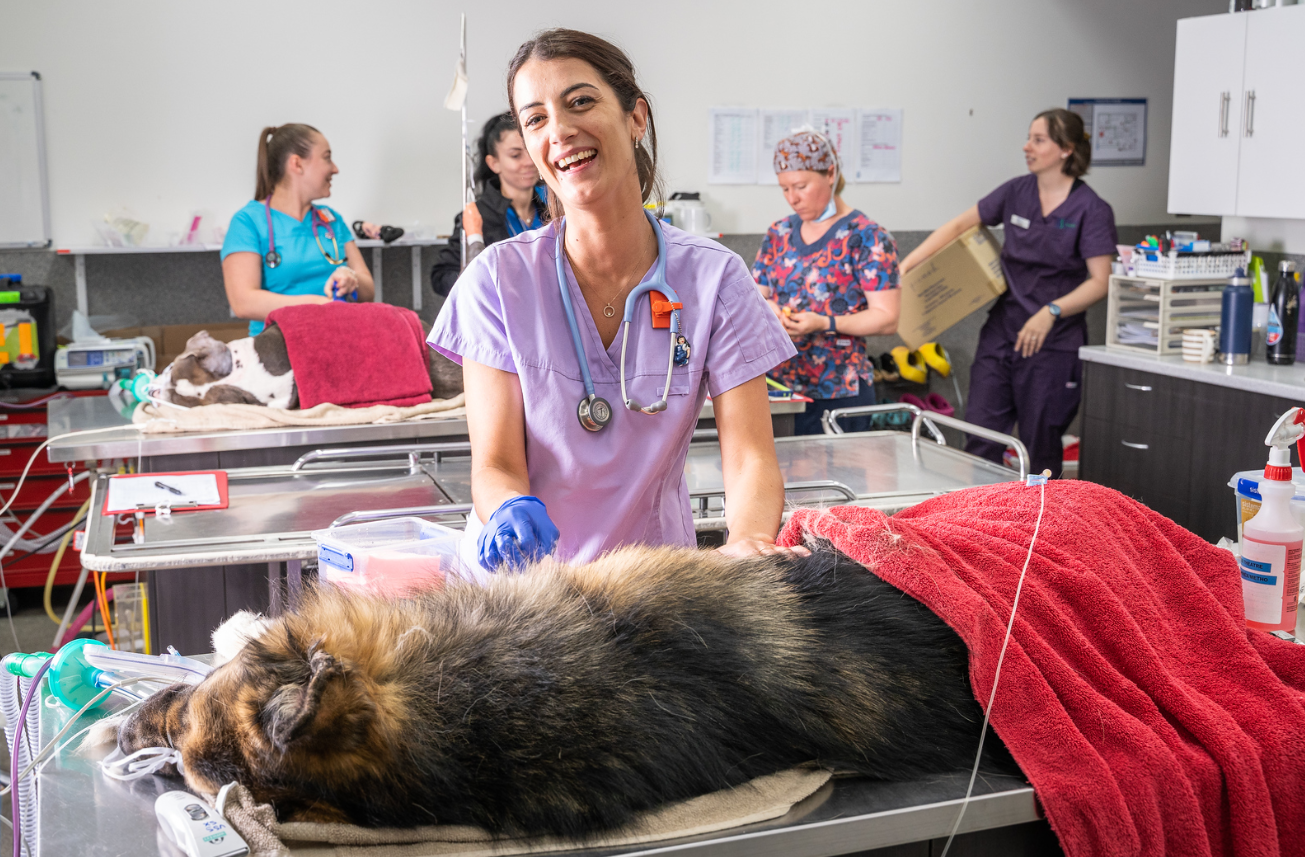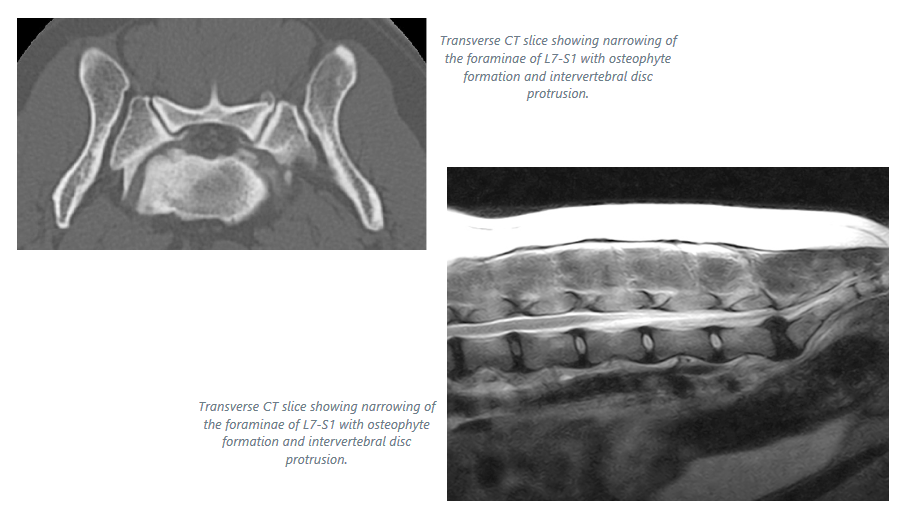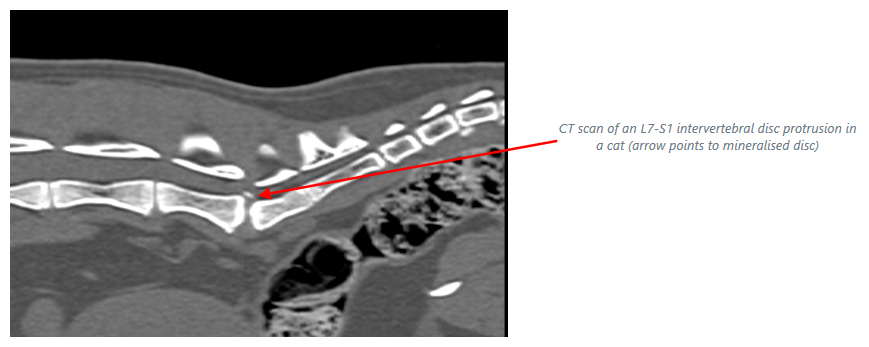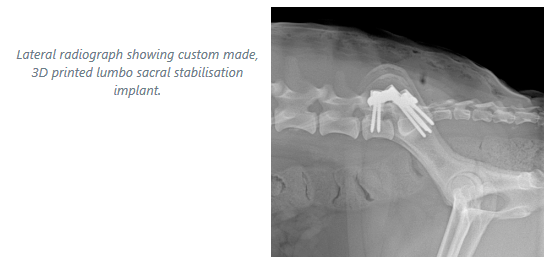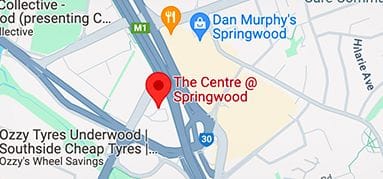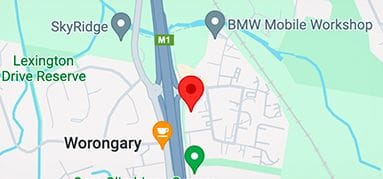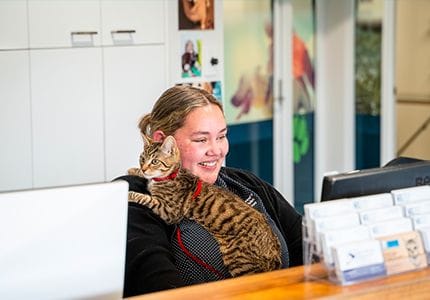Lumbosacral degenerative stenosis (also known as cauda equina syndrome) is a condition that is a cause of back leg problems, typically in medium to large breed dogs. It occurs when the nerves in the lower spine are compressed by a combination of bulging intervertebral disc, scar tissue and new bone formation (osteophytosis) and occurs secondary to chronic degeneration of the intervertebral disc where the lumbar spine joins on to the sacrum at the level of the pelvis.
Symptoms of lumbo sacral degenerative stenosis
Symptoms can include: weakness in the back legs, difficulty rising, difficulty climbing stairs or jumping into a car, weakness or loss of use of the tail, poor bladder control, scuffing of the back paws, pain in the lower spine or on elevation of the tail.
These symptoms are common to a number of conditions affecting the lower spine. They commonly but are not always gradual in onset.
Diagnosis of lumbo sacral stenosis
A combination of physical exam tests indicating pain in the lower spine and possible neurological symptoms affecting
the hind limbs will be assessed by the attending veterinarian. Diagnostic testing then confirms the diagnosis. X-rays are
typically the first test used which can show degeneration of the intervertebral disc and associated tissues, and also rule
out some alternative diagnoses such as bacterial infection of the intervertebral disc. X-rays will also investigate concurrent
problems with the hips or stifles. A definitive diagnosis requires advanced imaging such as MRI or CT scan. These tests
are needed to demonstrate the physical compression of the nerves as this cannot be shown with a normal x-ray
&geometry(278x56))
